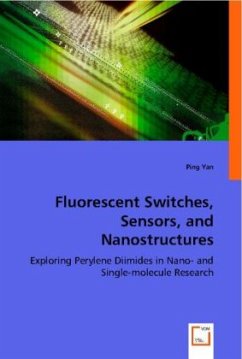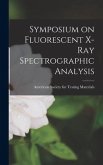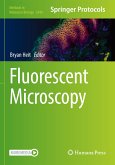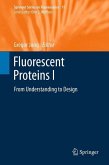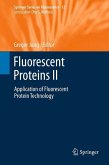Over the last few years, the field of nanotechnology has shaped up to be the next big thing, with many potential applications such as switches, sensors, and single-molecule devices. Compared to the vast literature covering inorganic semiconductor nanomaterials, little is available on organic nanostructures and molecular devices. Perylene diimides are a group of organic compounds well known for their high fluorescence quantum yield, high photostability, and high charge carrier mobilities. This book, therefore, provides a safari to the young and promising field of nano- and molecular device research field built on perylene diimides. Four distinctly different topics are covered: fluorescent redox switch; self-organization of nanostructure; single-molecule device; conformational switch. This book should be especially useful to professionals in self-assembly, biosensor, and single-molecule spectroscopy research fields, or anyone else who may be interested in utilizing nano- and molecular devices and borrowing the design principles for their own research.

